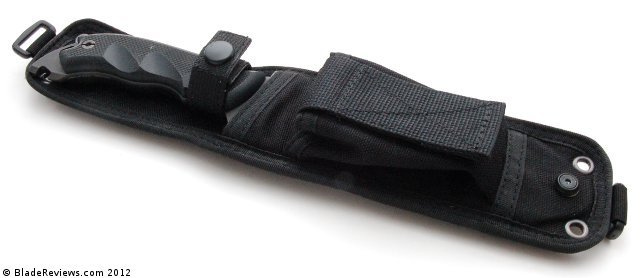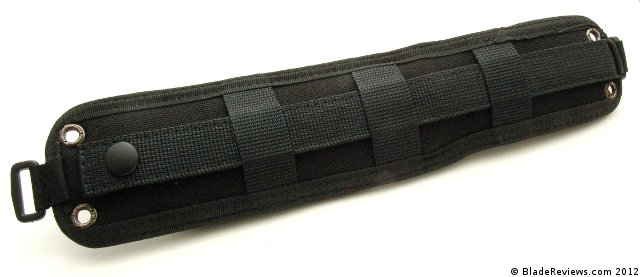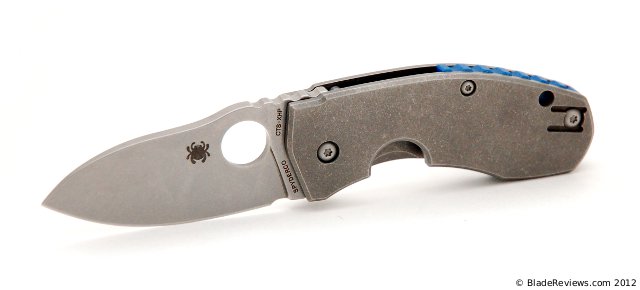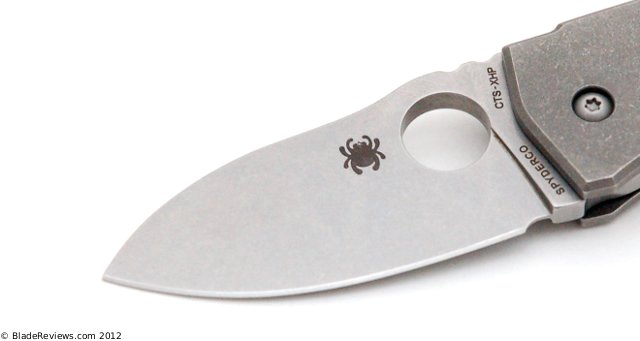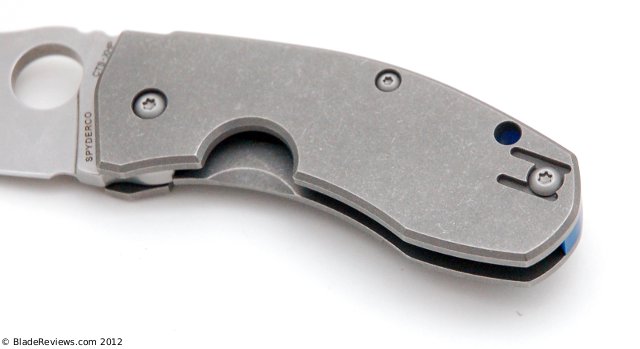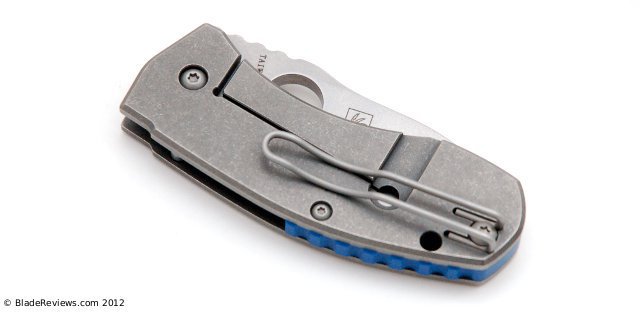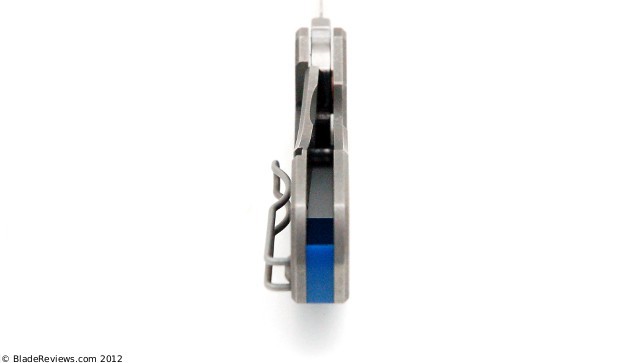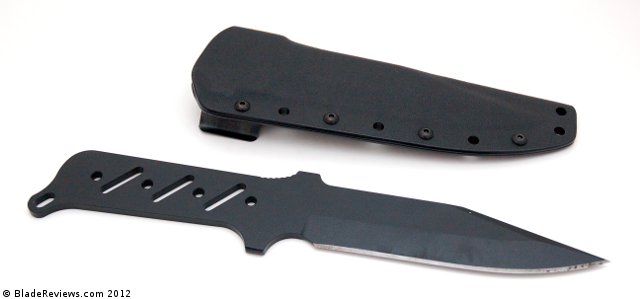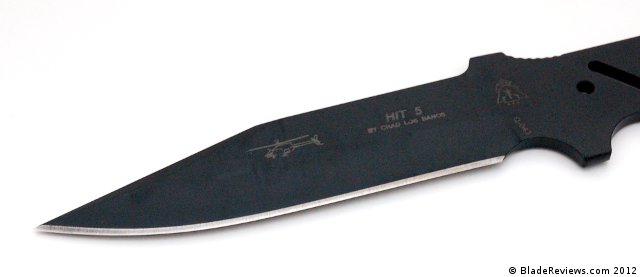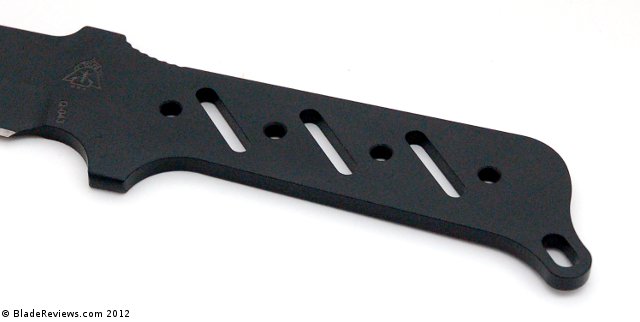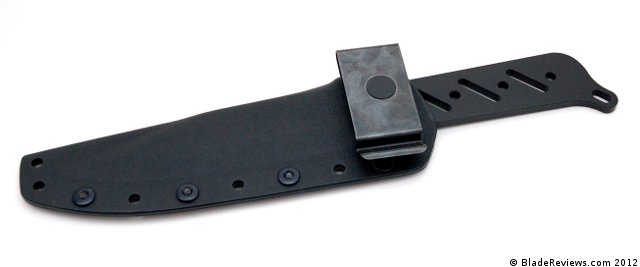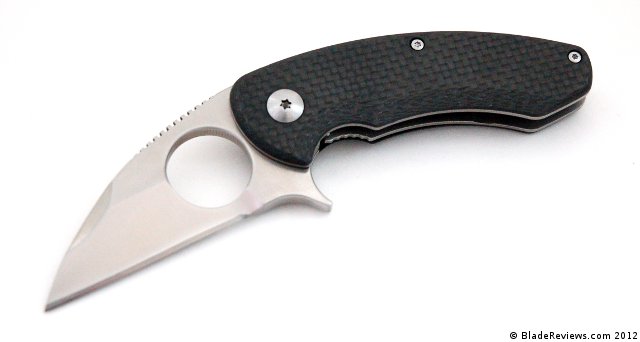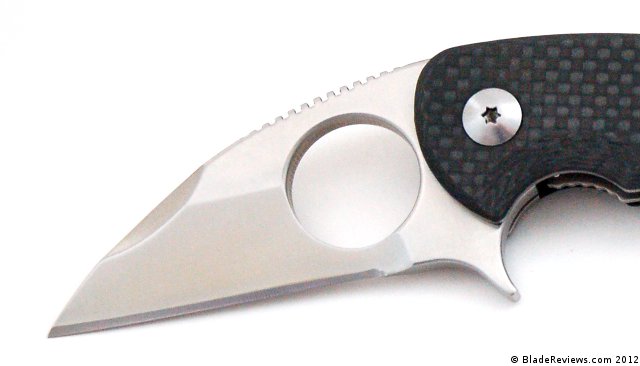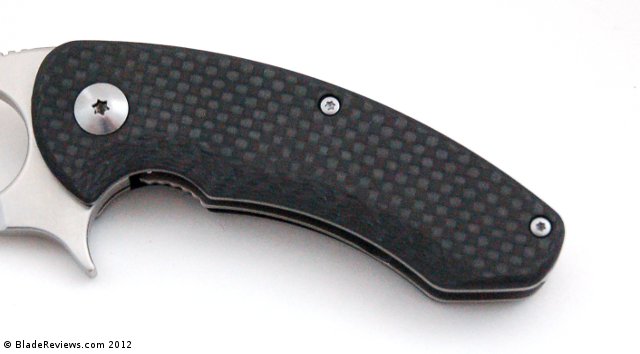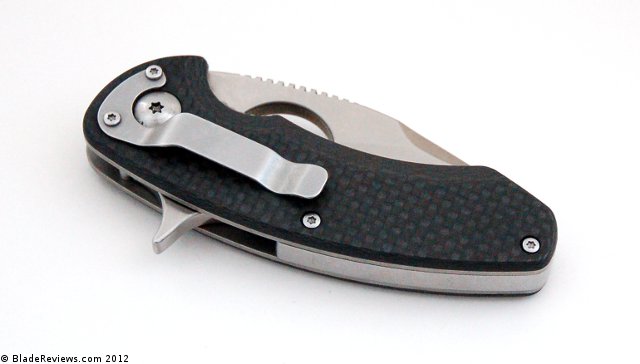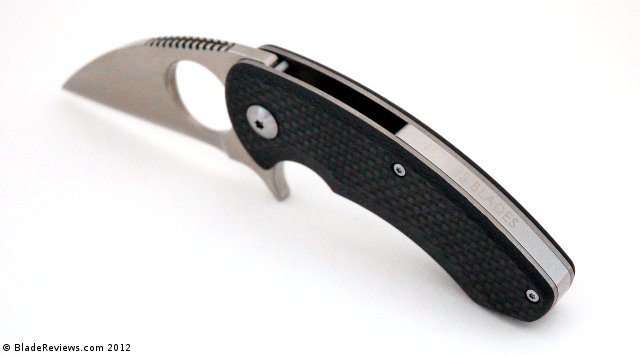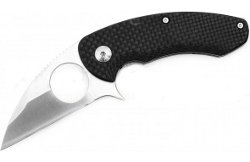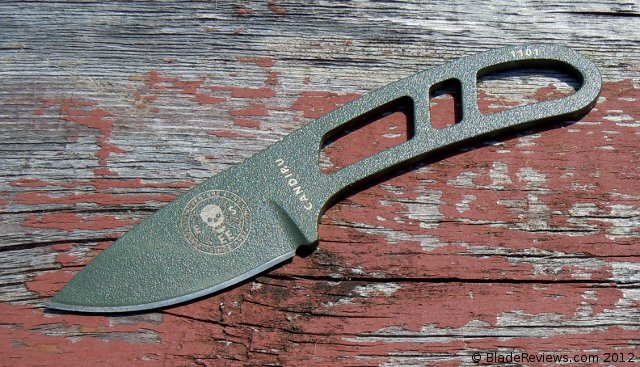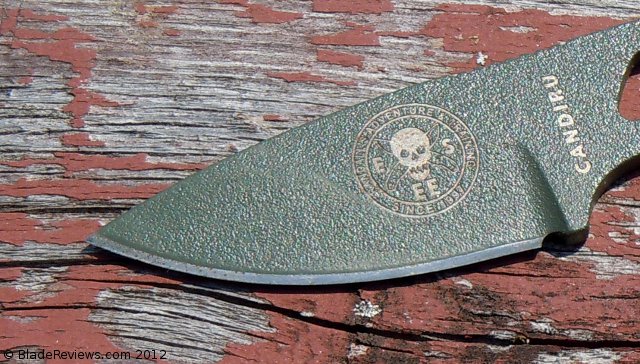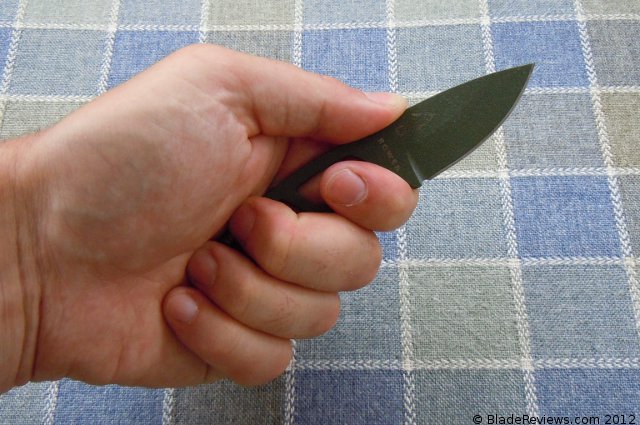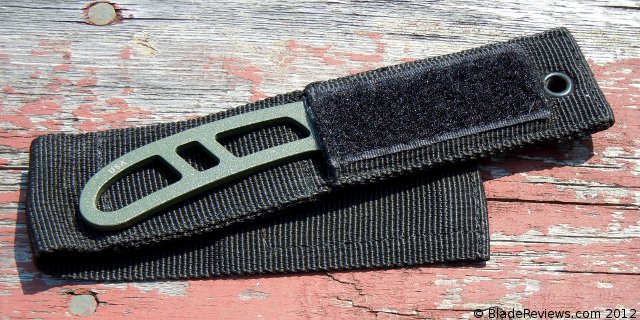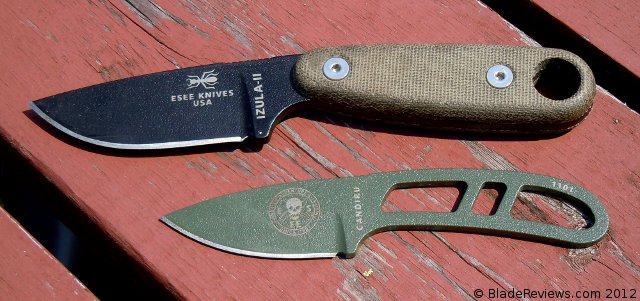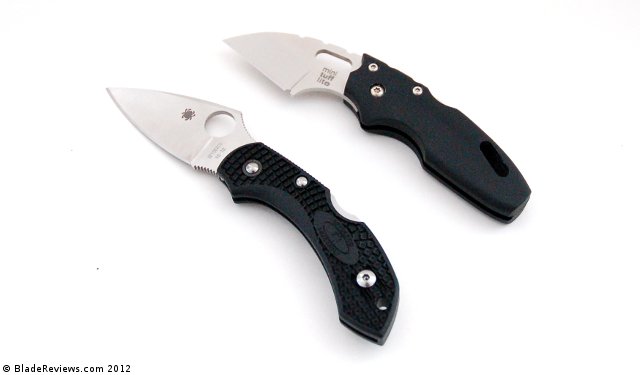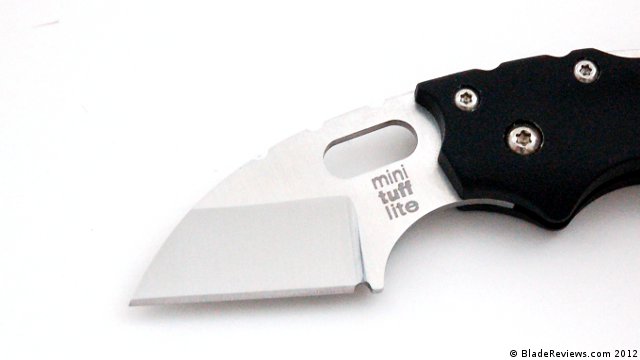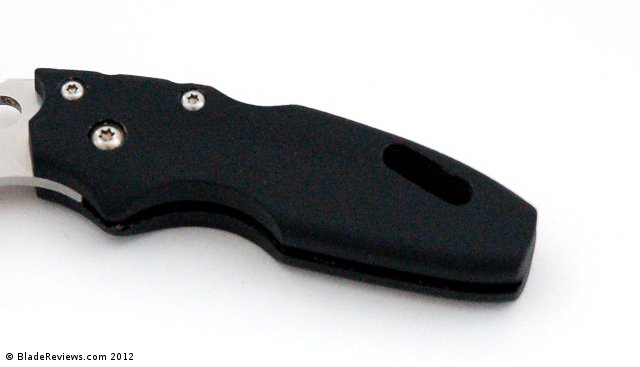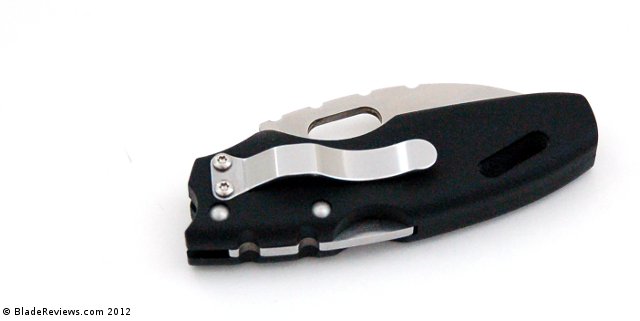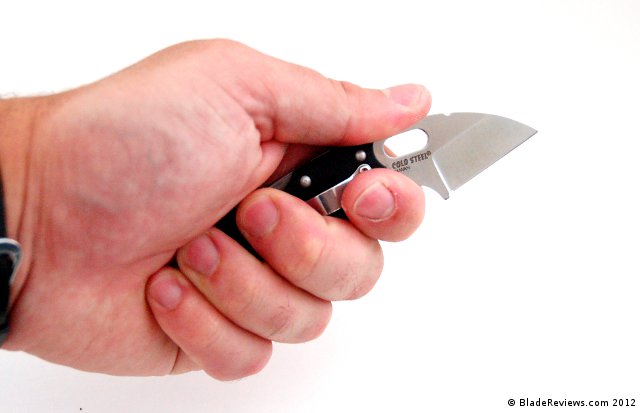Blackwater Knives has recently released a cadre of new tools that caught my eye – both visually, and from a specification standpoint. The Ursa 6 is one of those tools, with an uncompromising design geared towards high speed professionals.
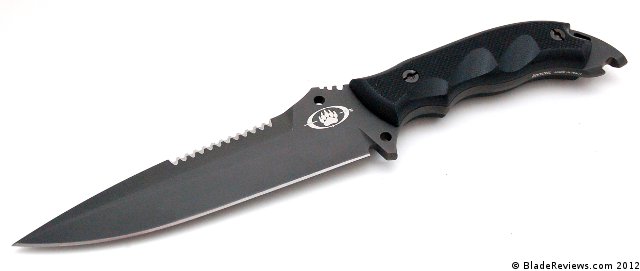
Buy the Blackwater Ursa 6 at BladeHQ
The Ursa 6 was designed by Robert Young Pelton, the same man behind the designs for DPx Gear. The knife is manufactured by Lionsteel in Maniago, Italy – a company known for high end offerings like the SR1. Upon arrival everything about the Ursa just reeked of quality. Even the box was cool, complete with iridescent embossed sleeve and black tissue paper lining. Inside was a something long and lean, yet full figured and deadly. My heart was already racing, and the blade wasn’t even out of the box – it was like a cross between a high school fantasy and comic book noir. Needless to say, if looks could kill I’d already be in the ground. But can she cut? Lets find out…
General Dimensions and Blade Details
The Ursa 6 has an overall length of 11.1″, has a 5.95″ blade, and it weighs 11.10 ounces. The spine is an extremely thick 6mm. I spent a good amount of time going over the intended use of this knife in the video, and I think it’s worth mentioning again here. This is a dedicated combat knife, designed for soldiers. It’s not a camp knife, bushcraft knife, or even your typical survival knife. It’s a purpose built tool for self defense (and in many cases, offense) as well as hard use utility work. The 6mm thick blade doesn’t make for the best slicer or the lightest backpacking knife, but it ensures that it will hold up against the demanding situations often thrust upon soldiers.
The blade itself is a modified drop point design. It sort of resembles a spear point or dagger blade shape, but it’s definitely a drop point of some sort (not that the semantics particularly matter here). One of the first features people will notice is the run of serrations along the spine of the knife. I like this feature because it keeps the main edge plain – leaving plenty of room for fine cutting. The primary edge is partially flat ground and the 6mm thick blade carries a good deal of steel all the way out to the tip. This is definitely a knife that can get some stabbing / thrust cuts in without a problem. The thick grind means it is not the best slicer, but I had no issues cutting through rope, cardboard, and wood. The entire knife has been given a PVD coating, which generally held up great, only scratching a little when I used the Ursa 6 to open up a can of potatoes.
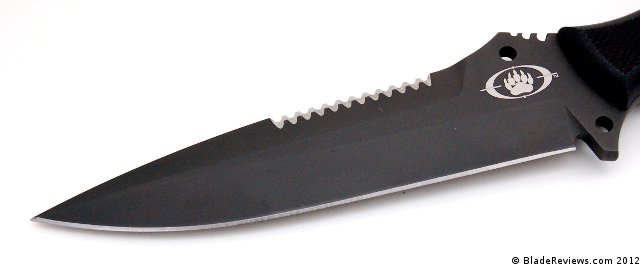
Blackwater selected Niolox steel for this knife – a steel that I have previously had zero experience with it. Apparently it’s made in Germany by Bohler Uddeholm, and it has been well received. This particular piece of Niolox has been heat treated to 59 HRC, which is supposedly on the low end of what it can take.
In my cutting tests I found that Niolox was extremely tough, held a nice working edge, and sharpened easily on basic stones. The edge it took was extremely keen. I liken it to a high carbon steel such as 1095, but it’s stainless steel and seems to have better edge retention. It may not be quite as tough as 1095, but then again I didn’t have any issues at all with chipping or rolling. I also drove the blade through a 2×4 in a fairly extensive tip test without any issues. Based on that experience I think the Ursa 6 has the potential to be a good breaching tool.
I’m still relatively inexperienced with the steel, but so far I like it a lot. I think it’s a good choice for a combat knife because I found it very tough and extremely easy to sharpen – a must when you are out in the field, miles away from your regular sharpening equipment.
Handle and Ergonomics
The handle of this knife is extremely impressive. The ultra wide piece of steel is flanked by 2 thick pieces of black peel ply G10. It really beefs up the handle and provides this rugged overbuilt feel that can’t help but inspire confidence. The spine of the handle is gently rounded and flows perfectly into the G10 scales. The scales themselves have been wonderfully finished with a series of finger grooves milled into the handle. All the corners have been meticulously rounded and everything is held together with 2 sets of flat head bolts. The bolts are easy to take down with a multi-tool or coin, and you can lash the knife to a piece of wood for a spear, or store small pieces of survival equipment in the hollow handle. Rounding things out are a generous lanyard hole, and an exposed striking pommel for hammering, prying, or using as a “non-lethal” defensive option.
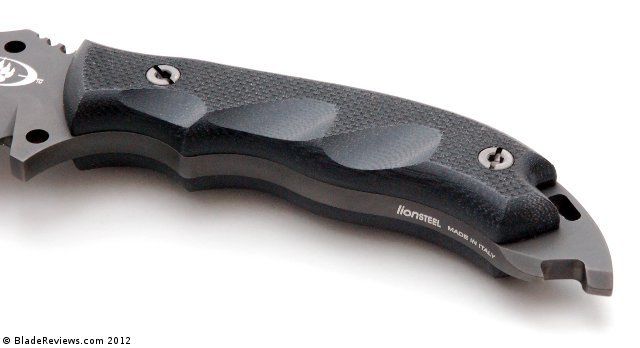
Ergonomically speaking the Ursa 6 is well thought out and executed. The knife is well balanced, and the fat handle is extremely nice; providing excellent grip and a comfortable purchase. The knife feels solid in both forward and reverse grips.
My only gripe has to do with the jimping. Blackwater installed this interesting wirestripping jimping – it works as jimping but also can strip wire. It’s a cool idea, but I found the jimping irritated my thumb under hard use. If you are wearing leather gloves I doubt you would feel it, but it could tear up fabric gloves and can certainly eat into bare flesh. My advice would be to tweak the jimping so it isn’t quite as abrasive. Then again, perhaps I was using the knife differently from how a real professional would. All things considered I like how the Ursa 6 feels in hand.
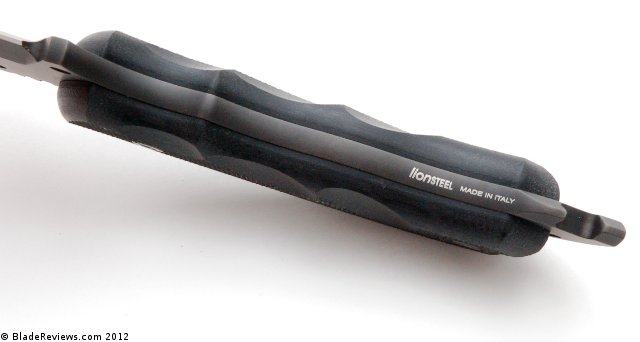
Sheath
The Ursa 6 comes equipped with a full featured cordura sheath. There are multiple attachment points at the top and bottom for paracord and webbing. The back of the sheath is fully MOLLE compatible and can also accept a belt. There is a good sized pocket on the front of the sheath for a sharpening stone or whatever else you want to cram into it.
Inside the sheath is a molded plastic insert. It provides good retention for the blade, and is fully reversible for left or right side carry. There is a strong secondary retention strap with a metal snap. I like this style of retention strap because it is made of thick plastic that can be bent out of the way, and also will resist abrasion if you do happen to nick it when you withdraw the knife from the sheath. The metal snap is strong and does a great job further securing the knife.
All in all this is a well thought out sheath. It’s lightweight, secure, and you have multiple mounting options. I think for most people this will work very well.
Blackwater Ursa 6 Review – Final Thoughts
The Ursa 6 is a tank of a knife. Everything about it is overbuilt with durability and utility in mind. The 6mm thick backbone and tough tool steel make this knife practically indestructible. I beat the Ursa 6 though a 2×4 and it didn’t even blink. While I have zero military experience I think this is a robust design that will hold up well to the rigors of aggressive daily use.
Also, the folks at Lionsteel did an exceptional job realizing Blackwater’s design. The construction as well as fit and finish is outstanding. Everything from the cardboard box to the rounded spine oozes quality and attention to detail. The knife is so pretty I initially cringed at the thought of plunging it into a tin can – but I know this is a tool that was meant to be used, and I thought the very least I could do was give it a thorough test drive.
It’s also worth mentioning Blackwater offers an extended warranty for military personnel who register their knife. Under this policy the knife is protected against loss, breakage, defects, theft or any other issues for 2 years (and additional coverage can be purchased). This is another awesome detail that has me walking away from the Ursa 6 extremely impressed.
In closing, I definitely recommend the Ursa 6 if you need a high quality tool that will hold up well under hard use.
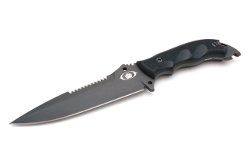
Blackwater Ursa 6 – $260
From: BladeHQ
I recommend purchasing the Ursa 6 at BladeHQ. Buying the knife though the links on this site earns me a small commission and helps support the website. As always, thanks for reading – please let me know if you have any comments or questions in the comments section below.
